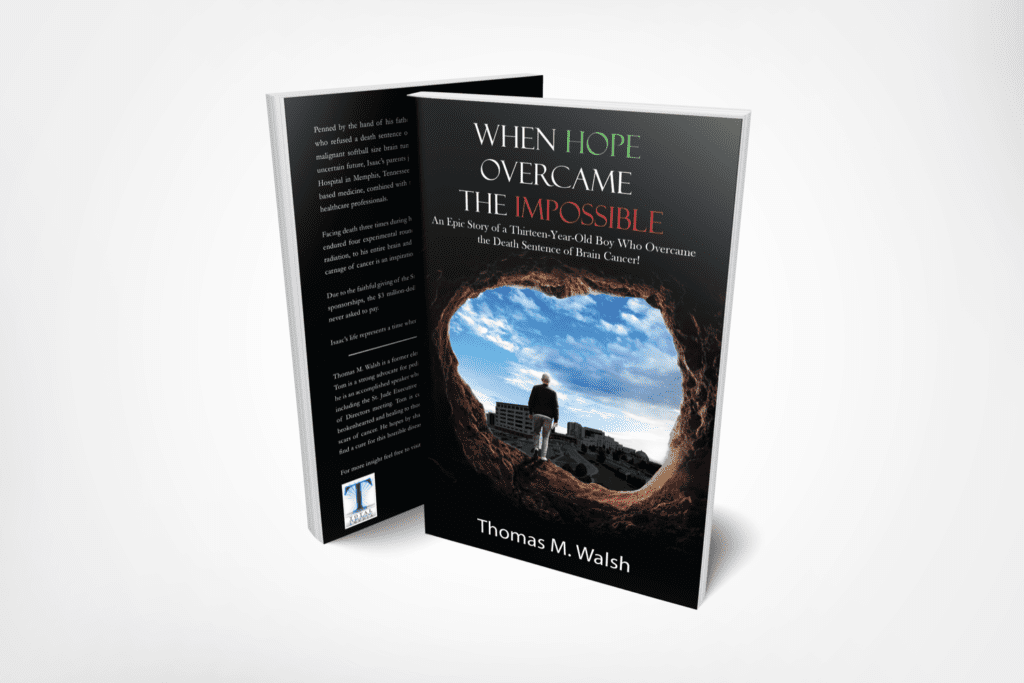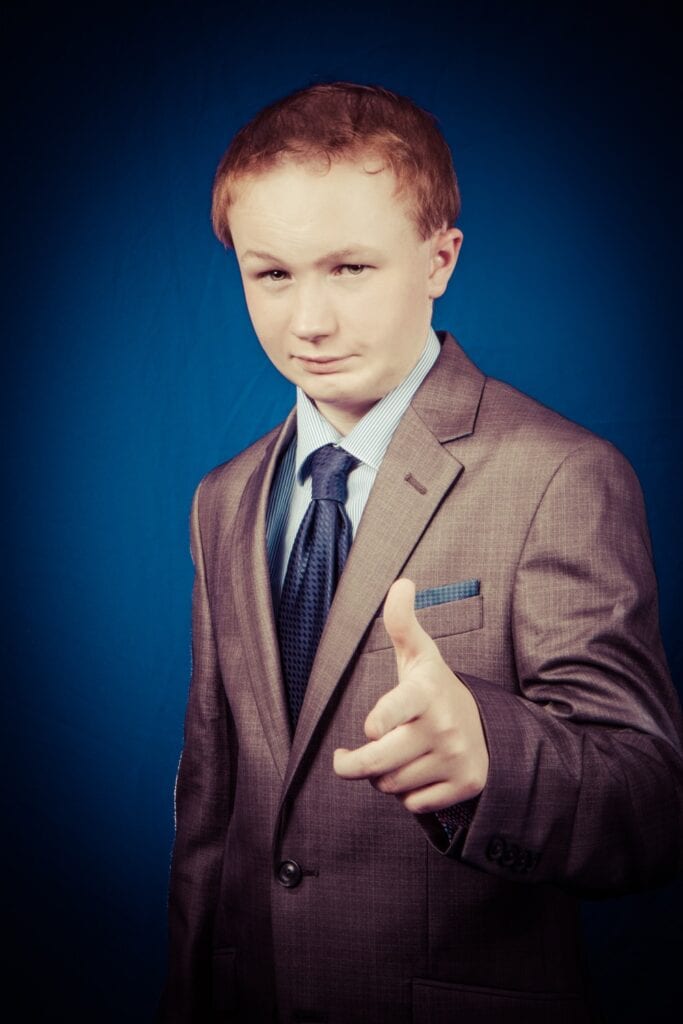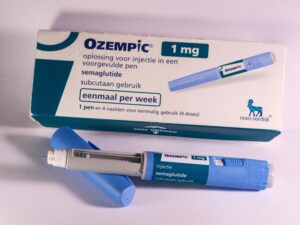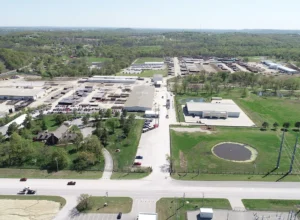“He was playing basketball just two months before,” explained father Tom Walsh of his eldest son Isaac in 2010. Then around Christmas, the 13-year old began to experience a multitude of symptoms unusual for a normally vibrant and healthy young teenager. These included vision problems, ear infections, nausea, extreme weight loss (a third of his body weight in two months), and seizures, so a brain scan was ordered. The test, performed in March of 2011, revealed a malignant tumor that grew to the size of a softball in just 8 weeks.

Then Tom and his wife Dacia heard some of the most horrifying news any parents could imagine, when doctors told them a cancerous tumor, called medulloblastoma, could only be treated by a risky, likely fatal surgery. They discovered that the genetic cancer cells had been stored in Isaac’s brain since birth, but there was no way to know about them until they caused the tumor.
Walsh remembers that not only were he and his wife devastated, but that, “Isaac was terrified. He kept asking, ‘Am I going to die? Will you hold my hand?’ That was really hard to hear.”
The 13-year old initially had several surgeries in Tulsa, the first of which was to relieve the pressure on his optic nerve caused by the rapid growth of the tumor. Doctors cut a six-inch incision in the back of his head and were upfront that they didn’t expect him to survive the procedure.

During this time, details of Isaac’s condition were registered with the National Cancer Database. A St. Jude researcher administering an experimental clinical trial came across Isaac’s diagnosis and determined that he met the protocols of the trial, which is the criteria to be admitted to the prestigious hospital.
The Walshes were given two options—stay in Tulsa and receive traditional treatment, which would include 6 months of radiation and 8 cycles of chemo, the side effects of which were severe permanent brain damage that would render Isaac functioning as a special needs child, nerve damage, being confined to a wheelchair, and complete hearing loss. Doctors prognosed that within 5 years of the surgery he would have a 39% chance of survival.
The second option involved giving permission for the cancer samples to be sent to St. Jude, whose initial plan included 31 experimental radiation treatments to his brain and spine, 4 cycles of chemotherapy, and only 3 chemo drugs with double the usual dosage. St. Jude patients have an 80% survival rate.
So on April 6, 2011, Isaac underwent an 11-hour brain surgery at St. Jude, during which the surgeon was able to excise the entirety of the tumor from his spinal cord. Walsh refers to this surgery as a “game-changing moment that gave him a fighting chance to survive.” He came through with no nerve damage in his legs and only slight hearing loss. They were also able to lower the radiation grade so he didn’t suffer any brain damage or cognitive impairments.
Walsh says that this was due to “cutting edge stem cell therapy technology that St. Jude refers to as ‘the new standard of care in medicine.’ It’s a huge part of why Isaac’s here and healthy.”
“He is the St. Jude miracle,” Walsh says. He had 21 surgeries, 4 rounds of experimental chemo, 31 radiation treatments, 125 blood transfusions, a staph infection, and was on his death bed 3 times.
Their medical bills after 10 years of treatment totaled $5M. Insurance paid $2M of that, and St. Jude covered the remainder.
The hardships of Isaac’s epic battle for his life didn’t exclude his younger brother Caleb, who was 10 at the time of his brother’s diagnosis. Walsh remembers that the whole process was “really hard on him. He wanted to stay with us in Memphis, but you can’t have small children there.” The boys’ godparents, Richard and Janet Pitts, kept and cared for him during the duration of Isaac’s stay at St. Jude. The Pitts brought Caleb to Memphis and the Walsh’s came home as often as they could to see him. Though Walsh credits multiple dedicated friends, family, and new acquaintances with helping the family survive the ordeal, Dr. and Mrs. Pitts are at the top of the list, as they were integral in maintaining as much security, normalcy, and stability for Caleb as possible.
A born educator and mentor with a passion for kids and missionary work, Walsh obtained his bachelor’s degree from ORU and taught junior high Spanish in Sapulpa for 6 years before receiving a master’s degree from NSU. At that point he transitioned into the role of elementary school principal, eventually finishing his successful 30-year career at Liberty STEM Academy in 2020.
Walsh is also an accomplished speaker who has spoken about his family’s story and the crucial research being conducted at St. Jude at numerous fundraising events, including the St. Jude Executive Summit in New York City and the St. Jude Board of Directors Meeting. He was in talks with St. Jude to join their fundraising team when the pandemic hit and it was put on hold.
He realized he wanted to write a book that would appeal to the supporters of St. Jude and spread an awareness of genetic pediatric cancer. He felt passionately that if he shared the “raw emotions a family goes through” during this kind of crisis, it would inspire others to be part of the important research to find the cure for cancer. “I want to inspire people and show them that they can be a part of the miracle in saving someone else’s life,” he says. His goal is for the book to “appeal to people who have gone through this situation and also the supporters of St. Jude. I also want to show people that they can be part of the research that cures cancer. Every drug Isaac took during chemo (about 35 different medicines) had been pre-screened and researched to see how it metabolized with his bloodstream. This research is critical in saving lives.”
Walsh credits Chamber of Commerce Director Suzanne Shirey for inspiring him to start the book. He says that during a Sapulpa Public Schools Foundation Golf Tournament in September of 2019 he first discussed the possibility of it with her. He was contemplating following in his wife’s footsteps by retiring from the education profession soon and felt the pull to share his family’s story. Six months later, in February of 2020, he completed the first four chapters and sent them to Shirey for her thoughts.
Walsh says, “I never heard directly back from Suzanne, but to my surprise, three weeks later I heard from a publisher in Tulsa who wanted to speak with me about publishing our story. The owner of the publishing company himself told me Suzanne had given him the rough draft and he felt like it was a compelling story. Thus my venture into the professional publishing world was born.”
Shirey denies having any influence on the project, and told Walsh, “this book was written with gifts from above and your sheer determination and faith. God knew this story needed to be told, and it will bless so many others that are facing their own journey.”
Walsh hopes his book “brings hope to the broken-hearted and healing to those who have been broken by the ravages of cancer.” He says that an experience like this affects the entire family, and that “you learn to live your life with the after effects of treatments. Everyone in the family has to learn to cope and recover.” And ultimately, the whole family contributed to the book. Dacia and Isaac each wrote sections, and Caleb was interviewed about his perspective.
When the Walshes left the hospital, St. Jude told them that the first two years after the completion of treatment were the most critical, and warned them that there was a 20% chance the cancer could come back.
At the critical two-year mark, Isaac was proclaimed “NED,” or No Evidence of Disease. At the five-year mark he was given a 90% chance survival. He’s now up to 95%, and goes back every summer for research treatments.
Isaac doesn’t remember much of the treatment process, and thinks of it as a “big nightmare.” He is now a thriving, healthy 23-year old. After graduating from Sapulpa High School and attending Central Tech for three years, he spent some time giving back to the hospital and people who saved his life by working at St. Jude. When the pandemic hit, he moved home and took a job in information technology at the Amazon Fulfillment Center in Tulsa. He plans to pursue a Bachelor’s Degree in IT.
When Hope Overcame the Impossible—An inspirational true story of a 13 year old child’s battle to overcome the carnage of brain cancer will be released to Amazon and Barnes & Noble in the beginning of February. To preorder a signed copy and for more information on the Walsh family’s life-changing journey, please visit www.thomasmwalsh.com.










